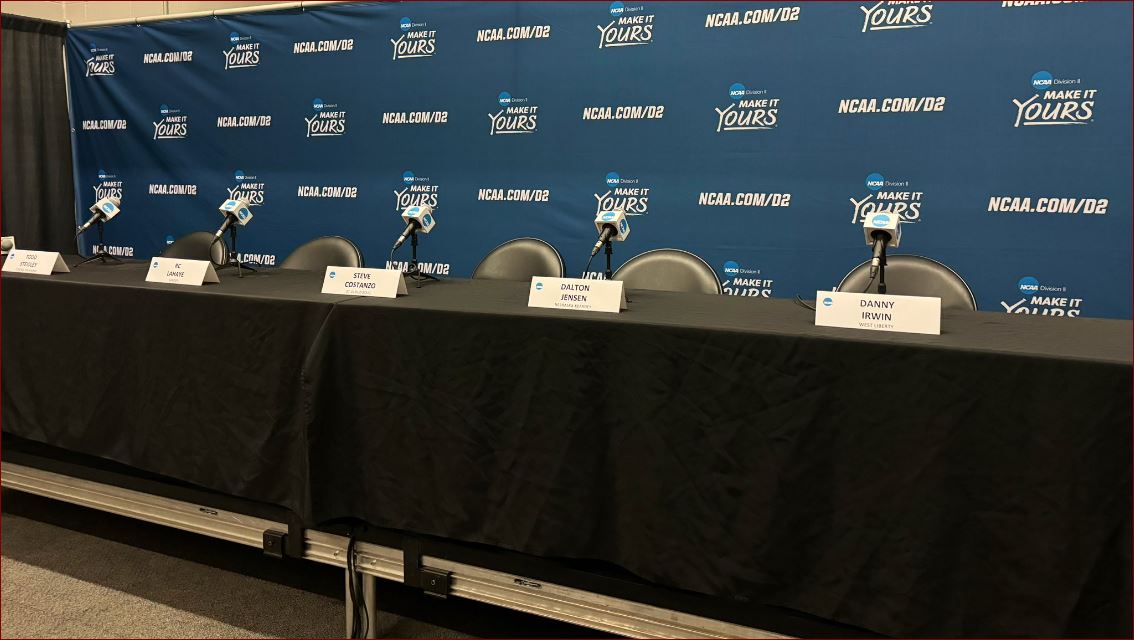
The NCAA will soon permit colleges to directly pay college athletes. This historic agreement, reached last month, is the first time such payments will be permitted in over 100 years of college sports history.
Once the agreement is officially approved, players are anticipated to receive payment from their schools. This could start as soon as the 2025-2026 season.
Current student-athletes are curious about their potential earnings, former athletes will receive retroactive payments, and athletic directors like Jamie Pollard from Iowa State University have the challenge of dealing with this new territory.
“It’s a game-changer,” expressed Pollard. “It will revolutionize the landscape of college athletics.”
Michael Jacobson, a former standout basketball player at ISU, concurs.
“The extent to which the situation has reversed is surprising,” he remarked. “Much of it is deserved.”
There are two major elements to the agreement. Initially, the $2.7 billion payout will be distributed among 14,000 athletes nationwide who participated in sports under previous regulations dating as far back as 2016 and were not compensated.
This compensation will be disbursed over a decade, with the NCAA primarily covering the costs.
“The retroactive payment of $2.7 billion, the penalties, our portion amounts to approximately $2 million annually for a decade,” Pollard clarified.
This annual $2 million is the funding that the NCAA intended to allocate to Iowa State athletics.
“It’s too early to discuss the immediate repercussions,” Pollard remarked. “Our budget is $100 million. The impact is just 2 percent. We need to increase that figure. However, that is just a small part of the agreement.”
The significant aspect is the new approach going forward.
Assuming no surprises, beginning in the autumn of 2025, universities could allocate around $20 million annually to their student-athletes. While schools such as Texas and Alabama might have immediate access to this funding, Iowa State may not.
It is essential to determine where these funds will originate, as the priority is to ensure that sports programs can continue without being eliminated. Consequently, significant changes are expected in many sports, with football and basketball likely to remain unaffected.
However, other sports may face substantial modifications, potentially becoming more regionalized or scaled back to avoid being cut altogether. There may be a shift in resources over time, with future coaches receiving smaller contracts and limited facility upgrades for certain sports to redirect funds toward football and basketball players, following court rulings. In summary, the situation is currently perceived as confusing and challenging to navigate, as described by Pollard.
Who receives which share
“We’re entering uncharted territory,” Pollard remarked.
There are essentially two frontiers to navigate. Firstly, addressing the issue of compensating athletes dating back to 2016 who are owed back pay.
“I have no clue about the amount I’ll receive,” Jacobson expressed. “It will be something. I’m uncertain how they will determine my value.”
Regardless of how the courts allocate the $2.7 billion back pay settlement, it will significantly impact the fundamental matter of future athlete compensation.
“That outcome will shape many things for us,” assessed Pollard. “If the settlement favors a market-oriented approach, it will influence the way forward.”
In a market-oriented system, those athletes who bring in revenue will be the ones earning it.
“Is this market-driven or socialist?” Pollard questioned. “The crux here is that 75 percent of revenue is attributed to football players, while men’s basketball players contribute 20 percent.”
Athletes in non-revenue sports are unlikely to receive a similar share.
“We could divide it evenly, but then we might face a lawsuit from football and basketball players for not receiving what the courts deem appropriate payment for the use of their name, image, and likeness,” Pollard explained.
A year from now, indications point towards colleges being permitted to allocate up to $20 million annually to compensate players.
“I see this as an opportunity to improve the system slightly,” reflected Pollard. “If we are going to distribute revenues, we can introduce contractual stipulations on how to earn that income, such as participating in bowl games, NIT, or attending classes.”
This approach could potentially reduce the frequency of transfers, which have been a prominent feature of college sports, posing significant recruitment challenges.
“The most effective solution could be to emulate professional sports,” Jacobson suggested. “Signing players to contracts for two, three, or four years, or however long is appropriate.”
Athletes like Jacobson argue that the compensation is long overdue.
“Considering the revenue they generate, it’s hard to argue that these athletes don’t deserve more than just a free education,” he emphasized. “As vital as that is, they provide much more to these schools. It’s undeniable.”
In the near future, payments will directly come from the schools themselves.
“This marks a shift in the landscape of college sports,” Pollard observed. “A decade from now, many of us may not view today as a seminal moment.”
These changes are poised to commence in around a year. Pollard also mentioned that player collectives will soon become redundant as payment responsibilities will transition to the schools themselves.

Leave a Reply